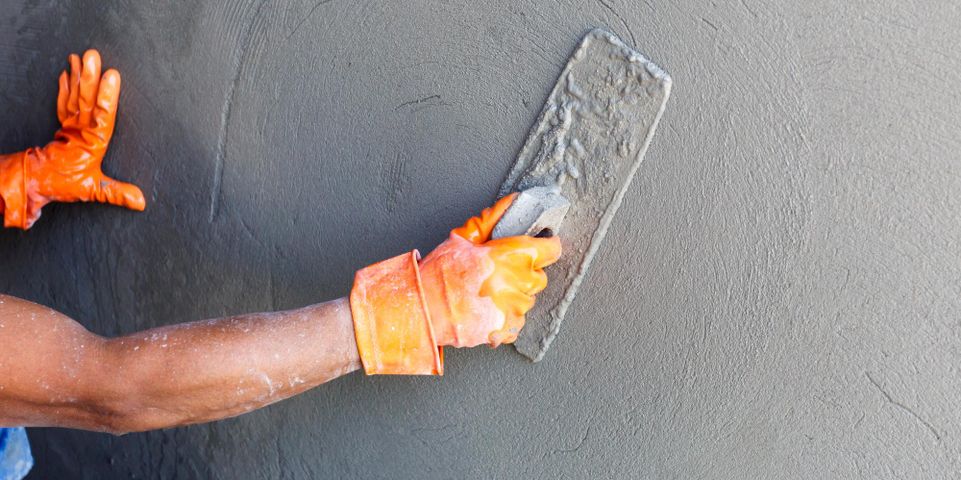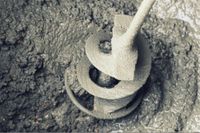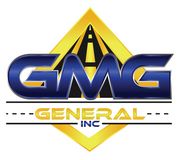
Since ancient times, civilizations have depended on concrete as a reliable resource for all types of surfaces—including roads and buildings. Today, it is commonly used in driveway construction and countertop installations. But while concrete is prevalent, many aren’t aware of what this material actually is, and why it is so beneficial in construction and engineering. To help illustrate the impressive capabilities of this stone-based resource, here are a few important details you should know.
What Is Concrete Made Of?
While this resource may appear to be a single, uniform substance, it is actually created from various materials. Specifically, it is a mixture of cement, water, and aggregate—a combination of small gravel, sand, and crushed stone.
How Is Concrete Created?
 When all the materials for concrete are combined, it immediately starts to harden. As such, it usually needs to be mixed right before placement. Concrete contractors begin by mixing aggregate with cement powder and water. The cement and water coat the aggregate bits to form a pliable material that can be poured into a defined space—such as wood planks used for driveway construction.
When all the materials for concrete are combined, it immediately starts to harden. As such, it usually needs to be mixed right before placement. Concrete contractors begin by mixing aggregate with cement powder and water. The cement and water coat the aggregate bits to form a pliable material that can be poured into a defined space—such as wood planks used for driveway construction.
As the cement and water bond with the aggregate, contractors will compress the material to eliminate defects and remove air pockets. Once exposed to the elements, the curing process will begin as water slowly evaporates and the material hardens. To ensure a proper curing rate, professionals will often apply a special curing powder or plastic tarp to the surface to restrict evaporation.
What Are the Benefits of Concrete?
Due to its incredible strength, concrete is a highly preferred construction material. When used for driveway construction, for example, this hard substance can reliably withstand the pressure of regular traffic and weighty vehicles. Compared to other materials, concrete is also fairly low-maintenance, cost-effective, and resistant to fire and water damage. As a superior insulator, it can also help retain hot and cool temperatures to improve energy-efficiency.
How Can You Design the Material?
Often, consumers think that concrete is nothing more than a uniform gray slab of stone. However, this resource can be adapted to fit your specific needs. For example, some may use colored concrete to create one-of-a-kind floors. Stamping, on the other hand, allows builders to create textured patterns and effects that add more personality to a home or business.
If you’re curious about what concrete can do for your home or business, turn to the specialists at GMG General. As a leading concrete contractor in Anchorage, AK, this team can guide you through every step of the installation process with ease. Backed by heavy-duty equipment, these experts can also handle jobs of any sizes—including road and driveway construction projects. To learn more about their capabilities and additional paving services, visit this contractor online. For estimates, call (907) 349-7854.
About the Business
Have a question? Ask the experts!
Send your question

